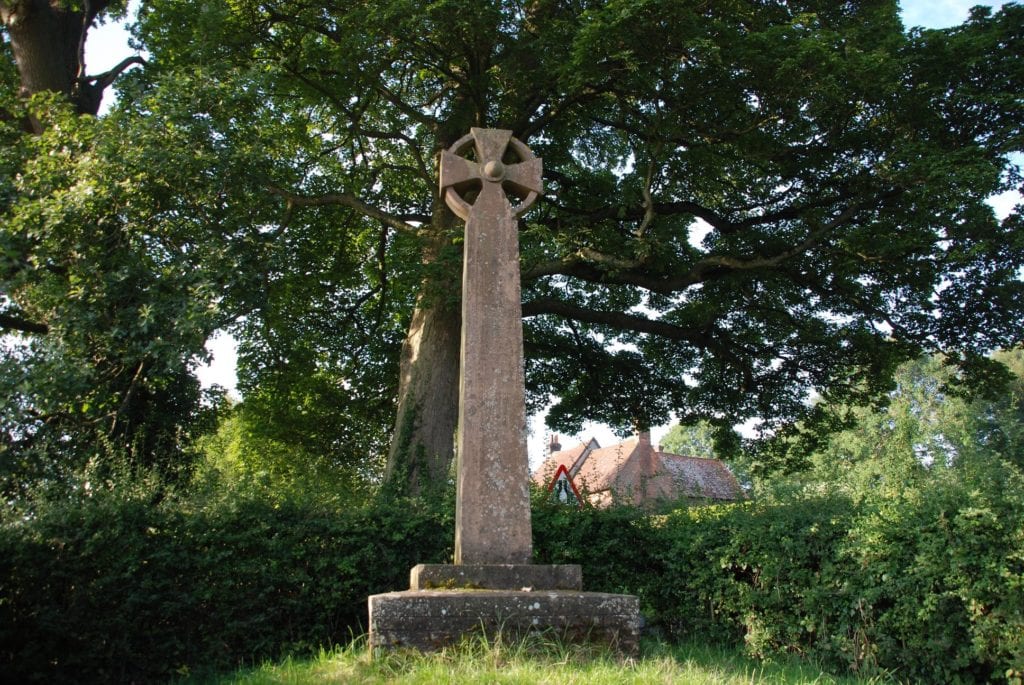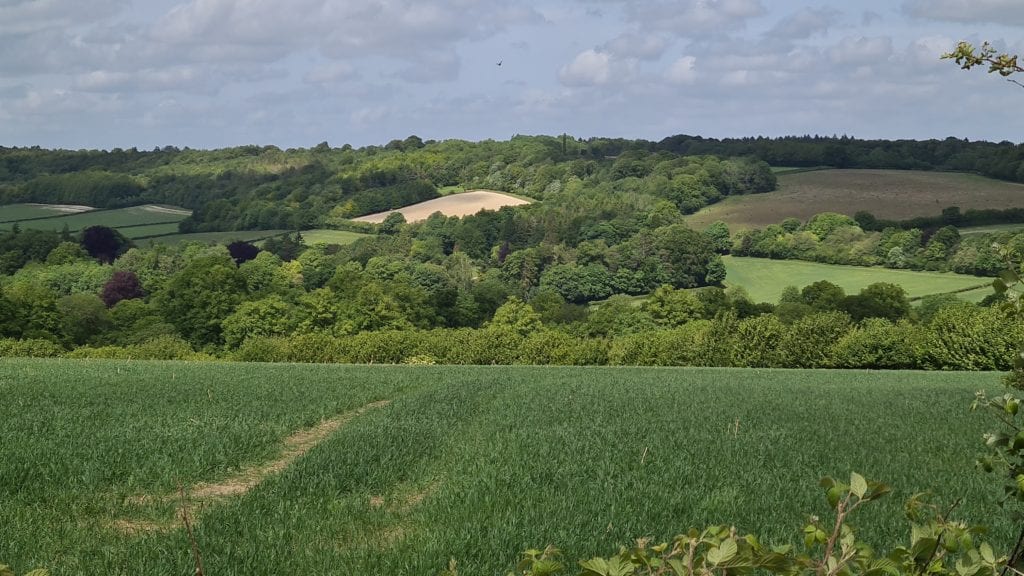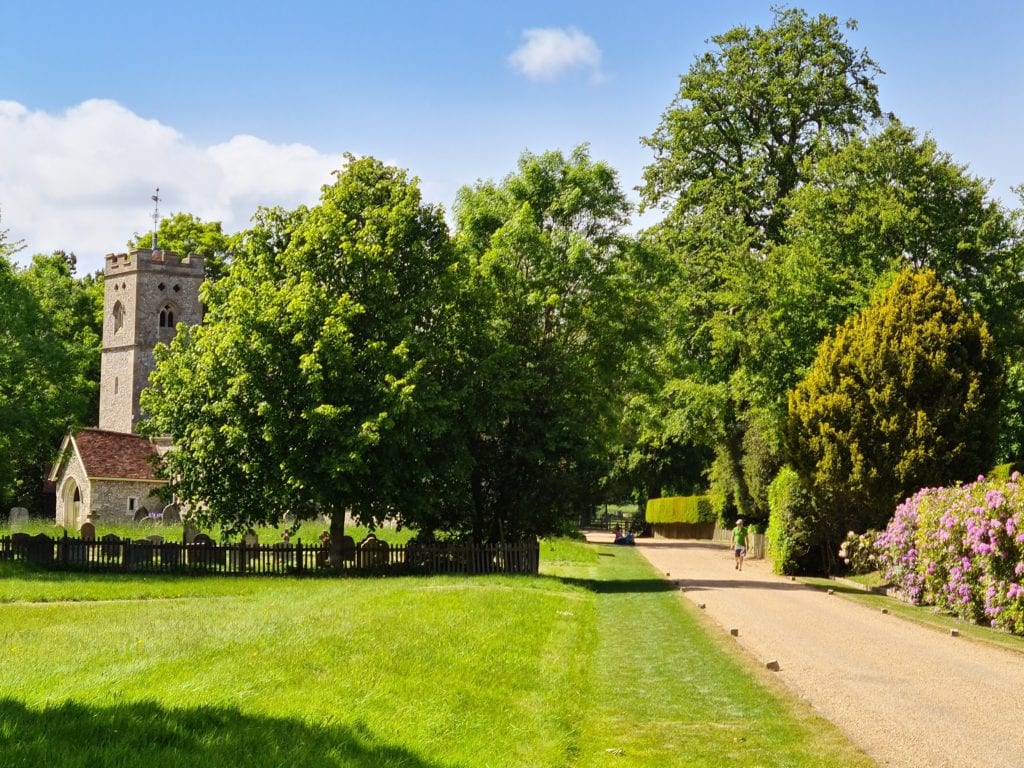Behind the tranquil appearance of our home county lies a history of dissent, resistance and conflict. One man’s name in particular symbolises this – John Hampden (1594–1643).
The eldest son of William Hampden, owner of nearby Hampden House and a large estate, John became an MP for Wendover and then for Buckinghamshire in the ‘Long Parliament’ from 1640 until his death.
A cousin of Oliver Cromwell, his influence and fame derived from his opposition to ‘ship money’ – a tax which the Crown had levied since medieval times, which required those being taxed to supply a certain number of warships or to pay the ships’ equivalent in money.
Hampden and others refused Charles I’s demands for ‘ship money’, one of the points of tension between monarch and Parliament in the run-up to the English Civil War (1642–49). The attempted arrest of Hampden and five other MPs turned the political conflict into a military conflict. Hampden sustained a mortal injury in June 1643, dying in Thame where he had once been a schoolboy.
You’ll find several reminders of Hampden (as well as a hint of horror) on this lovely walk between Prestwood and Great Hampden. The route is generally level, through fields, woods and along lanes with just a couple of slopes.
1. Starting from the car park in the centre of Prestwood, turn left along the High Street, then continue down Honor End Lane, passing the Chequers Tree pub on your right. Formerly called The Chequers, with a sign depicting the Prime Minister’s country residence a few miles away, its new name is a reference to the wild service tree that grows locally.
2. Shortly after passing Sheepwash Pond, a site maintained by local group Prestwood Nature, turn right down Greenlands Lane. Passing the entrance to an allotment site and local community orchard on your right, continue down the road as it narrows.
3. After passing a house on the left, turn left down the footpath into the woods. Follow this path for a while and, when you reach a waymark post, take the footpath on the right. This path takes you through Pepperboxes Wood, a planted ancient woodland maintained by the Woodland Trust.

4. Walking down the path you will see mature beech trees mixed with younger oak, birch, rowan, holly and hazel, with some larch and spruce – the remains of a 1970s conifer plantation. As you reach the end of the wood, turn right, continuing through woodland with a field boundary to your right, and then across a field.
5. At the far side of the field, emerge on to the road next to a small hedged enclosure containing the Hampden Monument. This monument was erected by Lord Nugent in the 19th century to commemorate Hampden’s refusal to pay the ship money. The inscription reads: ‘For these lands in Stoke Mandeville, John Hampden was assessed in twenty shillings Ship Money levied by command of the King without authority of law’.

6. From the monument, turn left and walk a short distance up the lane before turning right along the public footpath at the farm on your right. The path takes you across a couple of stiles and through fields with a fine view across the valley towards Little Hampden and then through a wood. Emerging onto the road, follow it round to the left, then straight across the junction, until you reach the driveway to Hampden House.
7. Follow the public footpath along the driveway until you reach the church. Across the drive you can just glimpse the ‘Strawberry Hill’ Gothic frontage of the house itself, home of the Hampden family from the 14th to the 18th centuries.
The original 14th-century manor house has been much altered and augmented over the centuries. The Gothic façade, added in the 18th century, made it an ideal location for Hammer Films, who bought the house in 1978 and used it for filming the Hammer House of Horror TV series.

To your left is the medieval church of St Mary Magdalene. The chancel, rebuilt in the 15th century, contains many Hampden family monuments, but the location of John Hampden’s grave is uncertain.
It’s said that, as his body was brought back to Great Hampden, a wake was held for him at the nearby Plough at Cadsden. When he was Prime Minister, David Cameron took the Chinese President to the Plough for fish and chips; on another occasion, Cameron left his daughter there by accident.
8. From the rear of the churchyard, take the path across the fields to the village of Great Hampden, crossing the road near the Hampden Arms pub and continue through the village, passing Hampden Common on your right. When the road turns to the right through Chalkdell Wood, continue up the lane to the left until you reach a thatched cottage with a fox on the roof.
9. Turn left down the track towards the Old Rectory and follow the bridleway down to the road. Turn left down the road and take the second footpath on the right along the edge of the wood and follow the path back to the junction with Honor End Lane. From here, either turn right up the lane to return direct to the village or take the footpath across the fields and back through the woods to Greenlands Lane.
10. If you return to the car park in the High Street, you’ll pass the John Hampden surgery, but Hampden’s fame is national and international, too. You can find his name on a statue in Aylesbury and another at the entrance to the Central Lobby in the Palace of Westminster. Various British institutions, including Hampden Park (where the Scottish football team plays) and half a dozen US towns, also bear his name. Almost 400 years after his death, John Hampden remains a hero.
More information
Discover more walking routes in the Chilterns in our Slow Travel guide: